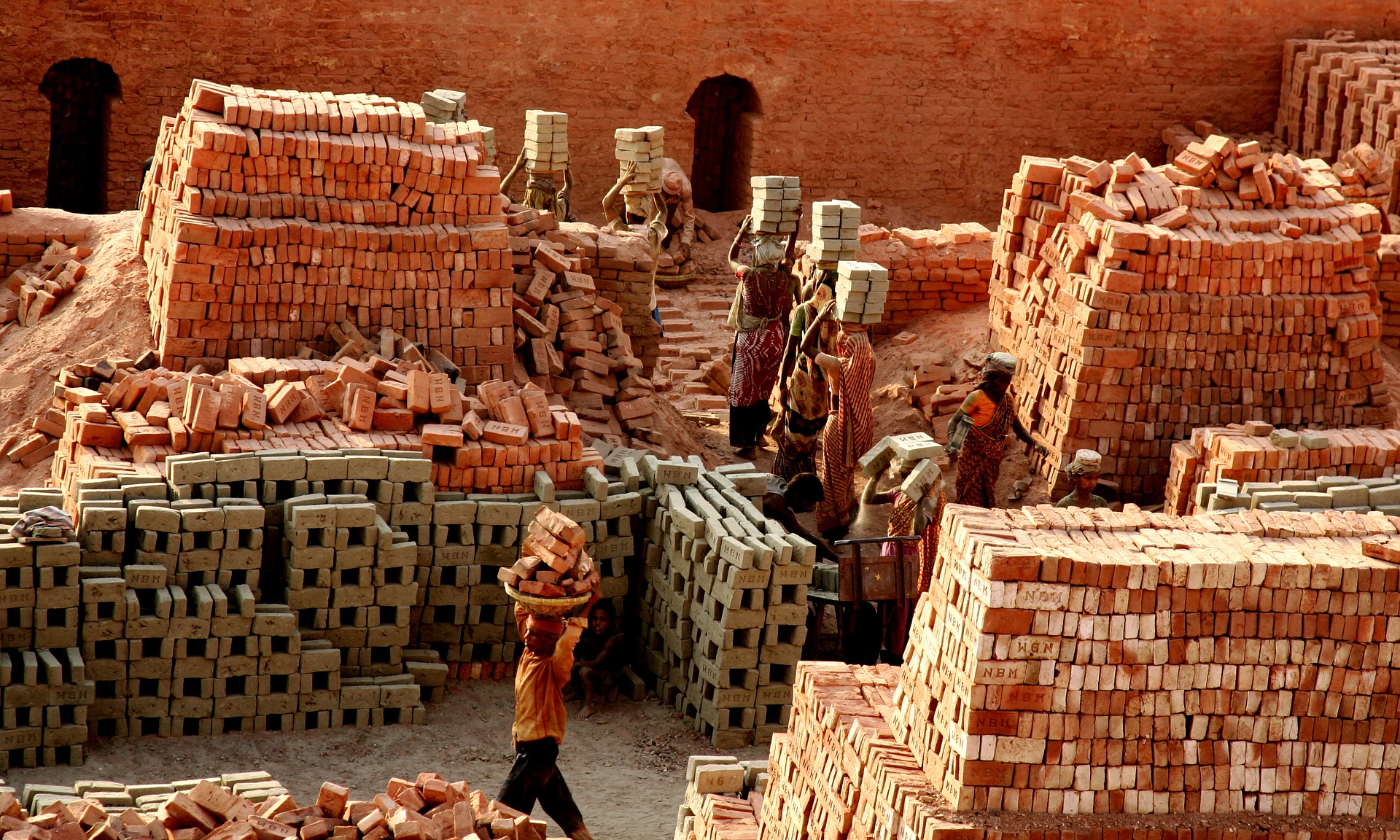Human Trafficking in Bangladesh
 Human trafficking is defined by the United Nations as “the recruitment, transportation, transfer, harboring or receipt of persons, by means of the threat or use of force or other forms of coercion, of abduction, of fraud, of deception.” Put simply, it is the sale of human beings for labor, sexual abuse or forced prostitution. Trafficking affects people across almost every nation, but the U.N. has seen recent trends that show developing nations are a breeding ground for human trafficking. These nations generally have a higher percentage of people who are at risk of human trafficking. This is because there are many vulnerable impoverished people and undocumented immigrants who can be easily manipulated.
Human trafficking is defined by the United Nations as “the recruitment, transportation, transfer, harboring or receipt of persons, by means of the threat or use of force or other forms of coercion, of abduction, of fraud, of deception.” Put simply, it is the sale of human beings for labor, sexual abuse or forced prostitution. Trafficking affects people across almost every nation, but the U.N. has seen recent trends that show developing nations are a breeding ground for human trafficking. These nations generally have a higher percentage of people who are at risk of human trafficking. This is because there are many vulnerable impoverished people and undocumented immigrants who can be easily manipulated.
The most common tactic used by traffickers to attract men and women for illegal labor is the promise of a better life, better pay to feed their families and security from the violence and war in their nations. This is often due to a lack of support, opportunities and help from their own governments, which make it tantalizing for people to accept all offers of better wages and a new life.
Human Trafficking in Bangladesh
In Bangladesh, the majority of traffickers look for Rohingya migrants from Myanmar, promising them asylum and work in Europe. This is the result of a large influx of Burmese migrants in 2017 due to violence and discrimination. Approximately one million Rohingya are undocumented in Bangladeshi refugee camps, meaning they are desperate for work, homes and support. Traffickers prey on undocumented immigrants because they are invisible to their communities and to the government. Thus, their disappearances go unreported due to the families of victims fearing deportation or imprisonment.
Rohingya women and children are the most vulnerable for human trafficking in Bangladesh. They are often promised housekeeping and nanny work in private homes and hotels. However, this is only to have their passports and identification stolen and to be sold into sex trafficking. Girls are sold into prostitution as young as 10 years old. It is also worth noting that Bangladesh has the highest rate of child marriage under age 15, although a 1929 doctrine outlawed marriage under age 18. In Bangladesh, 59% of girls are married before age 18, and 22% are married before age 15. Girls trafficked in Bangladesh are often forced to marry, another tactic used by traffickers to create bonds with their victims.
Progress in Ending Human Trafficking in Bangladesh
In 2019, the United States made a major stride in punishing and resolving human trafficking in Bangladesh. USAID’s Bangladesh Counter for Trafficking in Persons partnered with the Forensic Training Institute and the Bangladesh police on a five-day training program on human trafficking. This event was highly successful, and the U.S. continues to work closely with Bangladesh on the issue. Furthermore, the U.S. has invested $8 million in shelters and programs for trafficking victims. The Bangladeshi and American governments also created a program to take place from 2018 to 2022 that works to reform trafficking policies. It creates new standards for officers and works to improve interagency communication through protocol. This partnership has led to a new awareness of human trafficking. Thanks to these new initiatives, Bangladesh has improved from Tier 3 to Tier 2 on the Human Trafficking Watchlist.
Bangladesh, with the assistance of USAID, is making strides in prosecuting traffickers and making resources for victims more accessible, such as taking the mental and physical effects of trafficking more seriously. Hopefully, this new motivation will continue, and Bangladesh will see less trafficking and stricter punishment of traffickers.
– Raven Heyne
Photo: Pixabay
